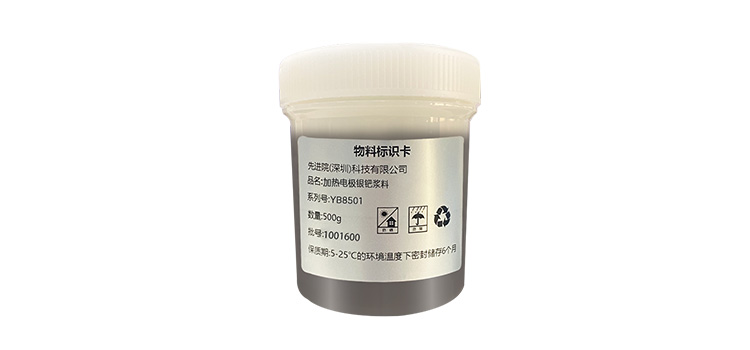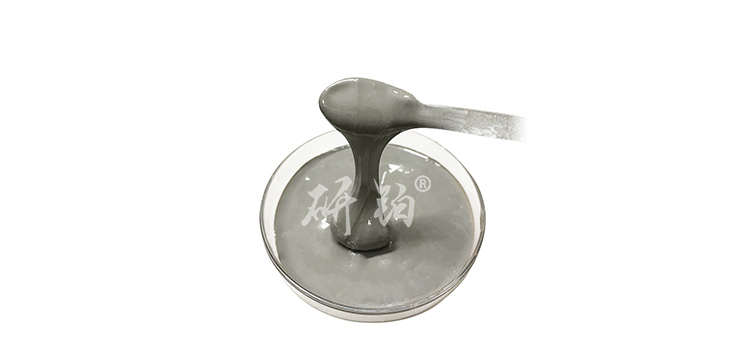

Hotline:0755-22277778
Tel:0755-22277778
Mobile:13826586185(Mr.Duan)
Fax:0755-22277776
E-mail:duanlian@xianjinyuan.cn
Silver palladium pasteWidely used in various fields such as the electronics industry, the conductivity and resistivity of silver palladium alloy powder are key factors determining its performance. A deep understanding of these characteristics is of great significance for optimizing the use of silver palladium slurry and the performance of related products. This article will combine reference data and experimental data to explore in depth the conductivity and resistivity of silver palladium alloy powder in silver palladium slurry, and compare relevant data.
Silver palladium alloy powder is an important component of silver palladium slurry. Silver (Ag) itself has high electrical conductivity and is an excellent conductive material, while the addition of palladium (Pd) can improve certain properties of the alloy, such as oxidation resistance and corrosion resistance. In silver palladium slurry,Silver palladium alloy powderThe proportion and characteristics directly affect the overall electrical properties of the slurry.
At present, there are differences in the conductivity and resistivity of silver palladium alloy powders from different sources and composition ratios in the industry. according toAdvanced Institute (Shenzhen) Technology Co., LtdAccording to research data, for silver palladium alloy powder with common composition ratios, when the silver content is high, its conductivity is relatively close to that of pure silver. For example, in an alloy powder with a silver palladium ratio of 80:20, the conductivity is about 80% -90% of that of pure silver.
From the perspective of resistivity, the resistivity of pure silver is around 1.59 × 10 Ω· m. In silver palladium alloy powder, as the palladium content increases, the resistivity shows an upward trend. For example, in an alloy powder with a silver palladium ratio of 50:50, the electrical resistivity is about 2-3 times higher than that of pure silver.
In order to gain a deeper understanding of the conductivity and resistivity of silver palladium alloy powder, we conducted relevant experiments on the alloy powder in the YB8501 silver palladium slurry.
1. The experimental method uses the four probe method to measure the resistivity of silver palladium alloy powder, and then calculate the conductivity. supportResearch Platinum YB8501 Silver Palladium SlurryThe alloy powder in the sample is made into a certain shape and size to ensure accuracy and repeatability during the measurement process.
After multiple measurements and taking the average, the electrical resistivity of the silver palladium alloy powder (with a silver palladium ratio of approximately 70:30) in YB8501 was found to be 3.2 × 10 Ω· m. By using the conversion formula between resistivity and conductivity (conductivity=1/resistivity), the conductivity is calculated to be approximately 3.125 × 10 ⁷ S/m.
Compared with pure silver with a resistivity of 1.59 × 10 Ω· m, the silver palladium alloy powder in YB8501 has a significantly higher resistivity. From the perspective of conductivity, the conductivity of pure silver is about 6.29 × 10 ⁷ S/m, which is also higher than the silver palladium alloy powder in YB8501. This indicates that although the addition of palladium brought about improvements in other properties, its electrical conductivity decreased compared to pure silver.
Compared with the alloy powder with a silver palladium ratio of 50:50 mentioned earlier, the silver palladium alloy powder (70:30) in YB8501 has a lower resistivity. This is because the silver content is relatively high, and the good conductivity of silver dominates in alloys. Correspondingly, its conductivity is also higher.
Data analysis reference data and experimental data show that the conductivity and resistivity of silver palladium alloy powder are affected by the silver palladium ratio. The higher the silver content, the higher the conductivity and the lower the resistivity; vice versa. This phenomenon can be explained by the following principles:
Principle explanation: Conductivity refers to the ability of a material to allow current to pass through, usually expressed in Siemens per meter (S/m). The resistivity is the ability of a material to obstruct the passage of current, usually expressed in Ohmic meters (Ω· m). The two are reciprocal to each other. In silver palladium alloys, the higher the silver content, the stronger the conductivity of the material, resulting in higher electrical conductivity and lower electrical resistivity. As the palladium content increases, the conductivity of the material decreases, the electrical conductivity decreases, and the electrical resistivity increases.
Silver palladium alloy powderSilver palladium pasteThe conductivity and resistivity of the material are influenced by various factors such as the silver palladium ratio. By comparing reference data and experimental data, it can be concluded that as the palladium content increases, the resistivity increases and the conductivity decreases. In practical applications, it is necessary to select the appropriate proportion of silver palladium alloy powder for silver palladium slurry based on specific requirements, such as the comprehensive performance requirements of conductivity and oxidation resistance in electronic components. The research data of Advanced Institute (Shenzhen) Technology Co., Ltd. and the experimental analysis of YB8501 platinum provide important basis for us to deeply understand the electrical properties of silver palladium alloy powder, which helps to promote the rational application of silver palladium slurry in more fields.
The above data is for reference only, and specific performance may vary due to production processes and product specifications.

Advanced Institute (Shenzhen) Technology Co., Ltd, © two thousand and twenty-onewww.avanzado.cn. All rights reservedGuangdong ICP No. 2021051947-1 © two thousand and twenty-onewww.xianjinyuan.cn. All rights reservedGuangdong ICP No. 2021051947-2